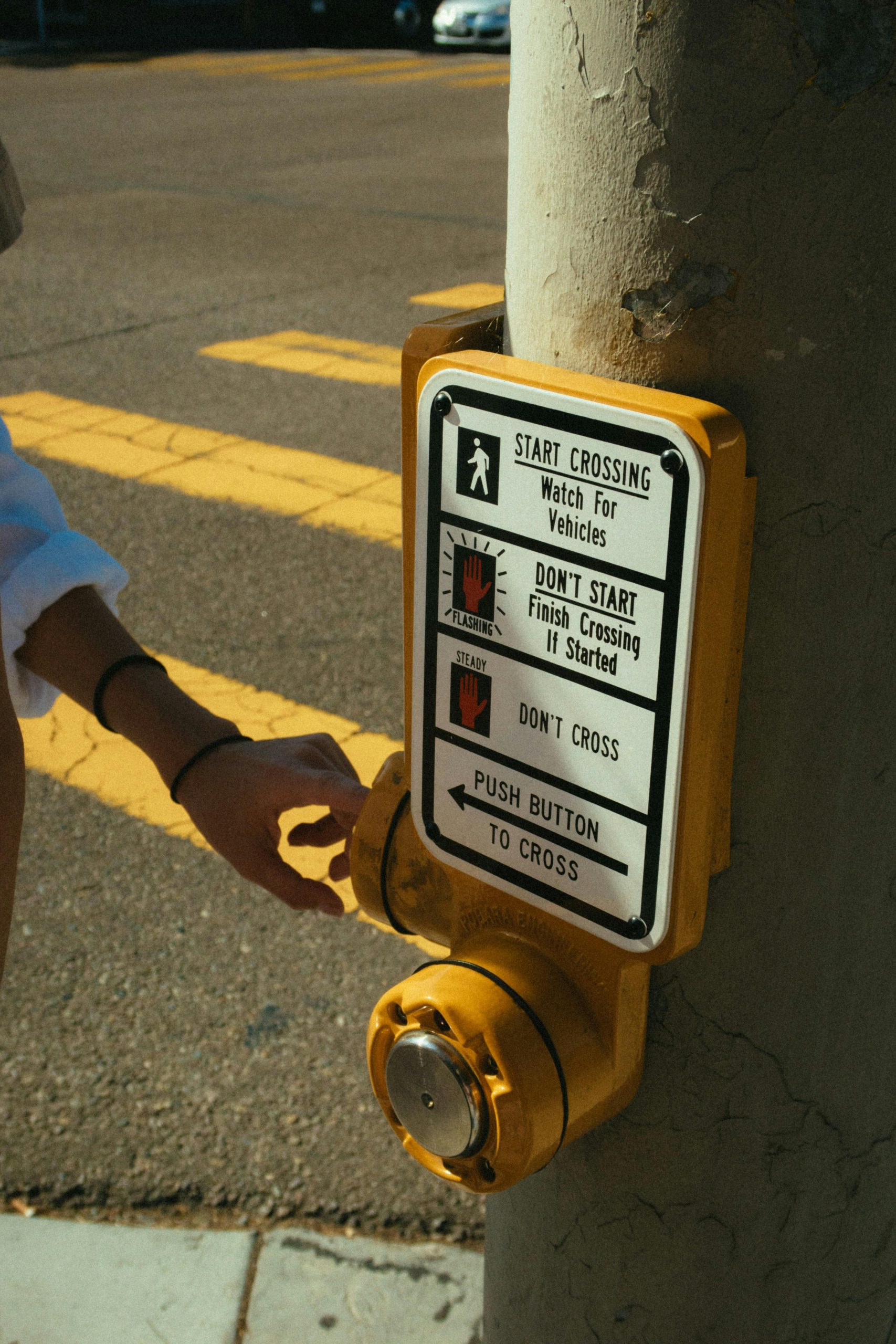The Decline of Button-Pushing at Pedestrian Crossings: A Curious Trend
Recently, a rather interesting observation has come to light regarding pedestrian crossings in our urban landscapes. It appears that an increasing number of people are choosing not to engage with the buttons designed to halt traffic, opting instead to wait in silence and uncertainty. While this trend has been on the rise over the past year, its stark visibility has raised questions and sparked conversations about the behaviors behind this phenomenon.
In one particular scene, you may find yourself among a group of twenty individuals, all standing idle, poised to cross yet reluctant to take the simple action of pressing the button. Surprisingly, many of these crossings aren’t even at busy intersections, where it can be expected that traffic signals would eventually change. Instead, it begs the question: why are so many people hesitant to take this small, yet impactful action?
There appear to be several factors at play, which can be grouped into three main perspectives:
-
Proactive Pressers: This group believes in the importance of pressing the button. To them, it seems illogical not to engage with a device that’s specifically designed to aid in safely crossing the street.
-
The Skeptics: Some individuals fall into the category of thinking that these buttons are mere placebos—ineffective devices that do not influence the timing of traffic lights. They choose to wait, convinced that their inaction will not alter the outcome.
-
Health Concerns: A significant number of people seem to be driven by fears of germs. The thought of touching a communal button in our current climate can evoke anxiety and caution, causing many to avoid pressing it altogether.
In light of these observations, I’m left wondering about the implications of this behavior. For those who refrain from pressing the button due to concerns about germs—what other activities do you avoid that might affect your daily life? Isn’t it possible to maintain hygiene by simply washing your hands afterward?
Furthermore, for those subscribing to the placebo theory, it raises another interesting question: what is the rationale behind the installation of these buttons? Given the cost associated with their implementation, it’s curious to ponder why they would be deployed if they serve no real purpose. Surely, there could be more effective uses for that funding.
My goal here is not to judge, but rather to understand this evolving behavior. As we navigate our streets, it’s worth contemplating the reasons behind our choices. Perhaps by sharing our


Understanding Pedestrian Crossing Behaviors in Our Urban Environment
This article offers a fascinating look into how public behaviors adapt over time, especially in shared spaces like pedestrian crossings. As a London resident, I’ve noticed similar trends where many people seem hesitant to press the button, often preferring to wait passively. I think it’s important to consider some broader factors influencing this behavior:
To encourage more active engagement, city planners could consider additional measures such as clearer signage explaining the purpose of the buttons or public awareness campaigns highlighting their benefits. Ultimately, understanding these behaviors helps us foster safer and more inclusive urban environments. What